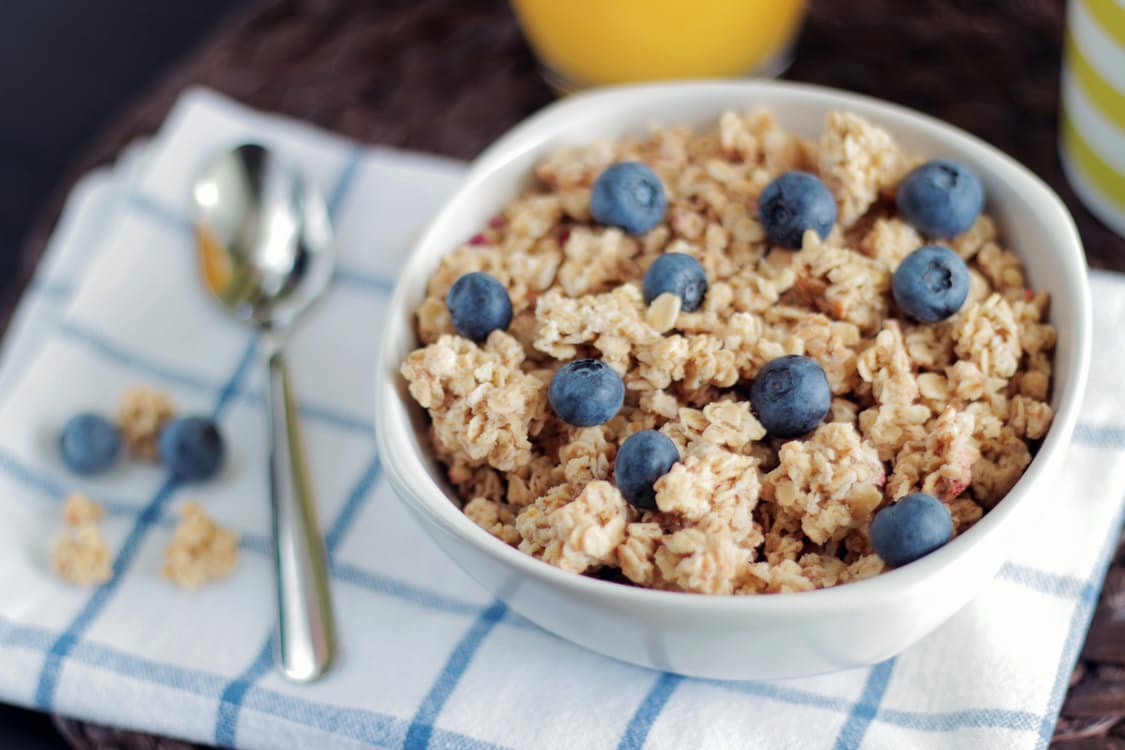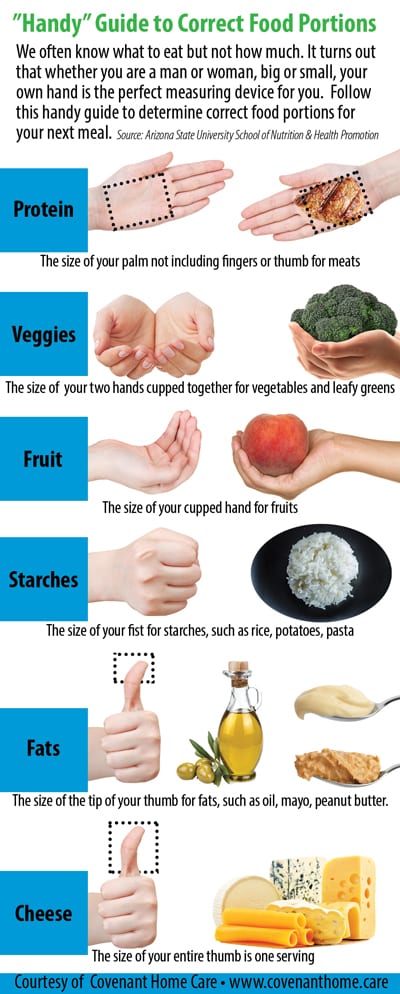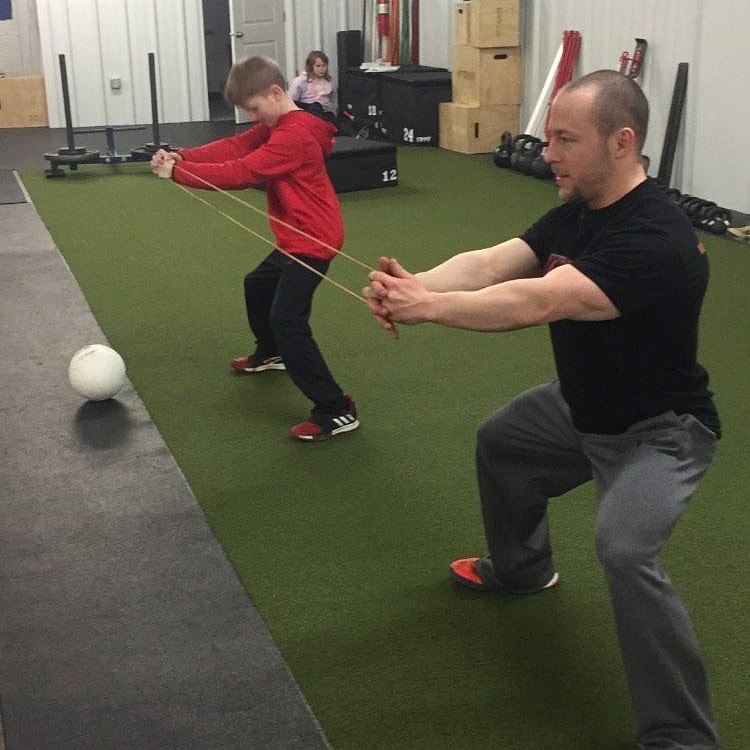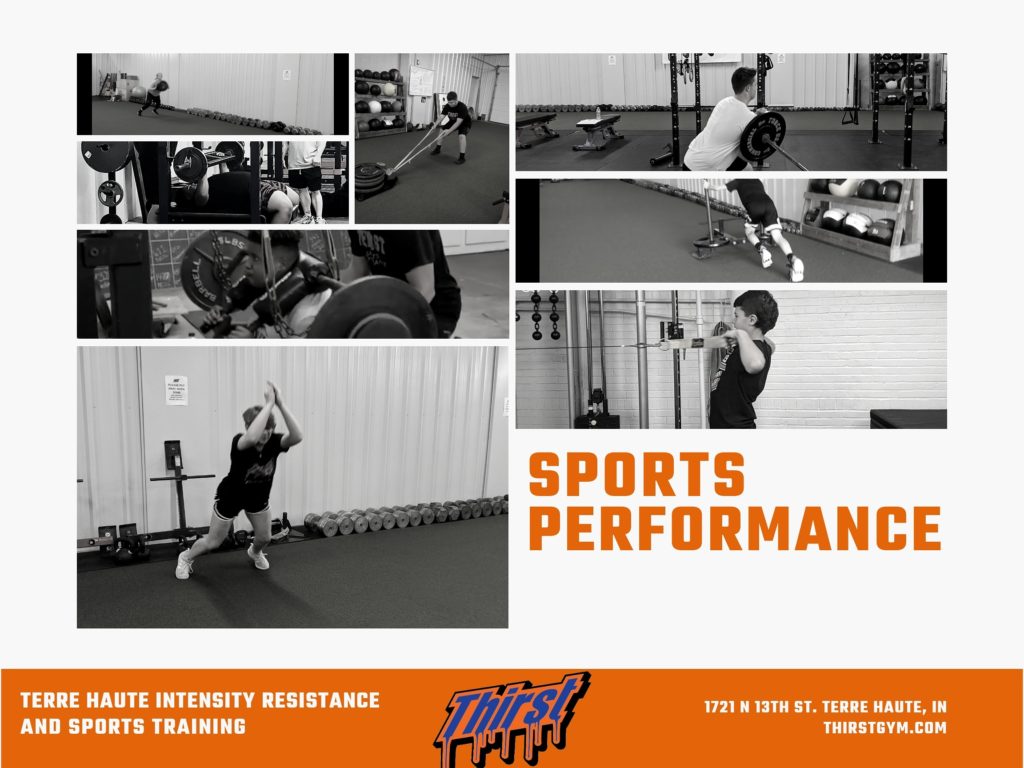Optimizing Youth Athletic Performance Through Proper Nutrition
Nutrition is one the of many areas of performance and health that often gets overlooked. Having adequate nutrition, especially for youth athletes, can aid in the improvement of performance and development more than any other factor other than maybe quality sleep.
We see it all the time, that parents and athletes are looking for the next quick fix to becoming better, faster, stronger, and have an edge on the field or court. But in all reality, some of the simplest ways to make improvement is by making better choices about what kind of food goes down the hatch.
Proper sports nutrition helps with recovery from training and practices, prevents hunger during games or practices, helps sustain long-term energy, normalizes blood glucose levels, and aids in overall youth maturity and development. While we are talking about kids, in general the food selection and recommendations don’t deviate far from what we would recommend for the average adult (just number of serving sizes). Kids still need to get ample fruits and vegetables, quality carbohydrate sources, lean protein, healthy fats, and ample hydration from water (not sugary drinks). Eating healthier food choices provide vital micronutrients for repair, growth, and energy regulation that junk food fails to miss the boat on.
Caloric Needs For Youth Athletes
As with adults, the caloric needs for the average youth athlete is going to depend on age, gender, and activity level. By no means are we recommending you start counting calories for your child, that would be absurd, and would be something you would need to discuss with a registered dietitian. The average youth athlete will need 10-25% more calories per pound of mass than their adult counterpart (1,2). That is extraordinary. However, the numbers we are going to list below are estimates to show how many calories kids really need to be able to have proper recovery from sports and be healthy for normal growth rates and maturity (3).
Recommended Calories For Boys
Ages 4-8 Years Old
Sedentary: 1400 Calories
Moderately Active: 1400-1600 Calories
Very Active: 1600-2000 Calories
Ages 9-13 Years Old
Sedentary: 1800 Calories
Moderately Active: 1800-2200 Calories
Very Active: 2000-2600 Calories
Ages 14-18 Years Old
Sedentary: 2200 Calories
Moderately Active: 2400-2800 Calories
Very Active: 2800-3200 Calories
Recommended Calories For Girls
Ages 4-8 Years Old
Sedentary: 1200 Calories
Moderately Active: 1400-1600 Calories
Very Active: 1400-1800 Calories
Ages 9-13 Years Old
Sedentary: 1600 Calories
Moderately Active: 1600-2000 Calories
Very Active: 1800-2200 Calories
Ages 14-18 Years Old
Sedentary: 1800 Calories
Moderately Active: 2000 Calories
Very Active: 2400 Calories
What Should My Child Be Eating?
While we’ve provided some general guidelines for calories, there isn’t a straight answer to determine what and when your child should be eating. Again, this will be better determined when discussed with a registered dietitian. But, there are some guidelines we can recommend on approximately where the calories should come from, and some sample food choices that would be beneficial for proper micro and macronutrient profiles. Approximately 45-65% of calories should come from carbohydrates (fruits, vegetables, whole grains), 25-35% from healthy fats (nut butters, nuts and seeds, healthy oils, avocados), and 10-30% from protein sources (lean meats, tofu, beans, eggs)(4). Now that we’ve got some foundational estimates, let’s discuss why these are important and some sample food lists of what you can look for to help aid your child’s performance and food selection.

Carbohydrates
Chances are you know someone that has been on the “keto diet” or have been “low carb”. It’s a trend or fad that comes and goes every couple years. As a fitness professional, I’ve personally seen it come and go about three to four times now. While these diets can be beneficial for some, for the youth athlete they are not recommended. Carbohydrates are the preferred energy source for activity and promote recovery and the ability to train and play with intensity.
Carbs are stored in the muscle tissue and liver as glycogen. When the body begins to burn glycogen for fuel during exercise it will use it from the muscle tissue and release it into the bloodstream so that it can be used to create muscular contractions (this is a highly simplified example, and is really a complex process at the cellular level, but we’re not going down that rabbit hole). Without these proper carbohydrate sources the body may be asked to get energy from other places (fat or muscle tissue) which is either not efficient or ideal for performance (please note, we are not talking about fat loss). Ingesting carbohydrates before, during, and after exercise can ensure that the athlete has enough energy to perform at the highest level, but also restore muscle glycogen for the next bout of training or practice.
There are also low glycemic index and high glycemic index carbohydrates. You might have heard these called “fast digesting” and “slow digesting” carbs. What this simply means is how quickly blood sugar spikes and falls after ingestion. Typically a low glycemic index carbohydrate is preferred for slower outputs of insulin for longer, steady energy. Higher glycemic index carbohydrates are great after training or practice to quickly replenish glycogen stores. There isn’t necessarily a “good” carb or “bad” carb, but merely ones that provide more than just calories. Typically a low glyemic index carbohydrate source will have vitamins, minerals, and fiber with minimally processed sugars. This would be the most ideal for enhanced performance.
Ideal Carbohydrate Sources For Sustained Energy And Performance
Grains – pasta, rice, whole grain/wheat bread sources, oatmeal
Beans – garbanzo beans, black beans, lentils, kidney beans
Starchy Vegetables – potatoes, carrots, peas, green beans, squash
Vegetables – broccoli, peppers, spinach, lettuce, tomatoes, mushrooms
Fruit – apples, bananas, berries, oranges, peaches, plums, grapes
Protein
In our experience working with youth athletes, adequate quality protein intake is probably the number one issue we see on a regular basis, especially with female youth athletes. Protein is responsible for numerous processes in the body, but most notably for athletes it’s responsible for building muscle tissue and recovery from training and sport. On a pound per pound basis, youth athletes require more protein than their adult counterparts due to the growth and maturation they are undergoing, on top of the demands of sport and training.
Not all protein is created equal though. Protein is made up from amino acids, and while your slice of bread might have three grams of protein, it is considered an incomplete protein due to the lack of particular essential amino acids. On the other hand, a small chicken breast is considered a complete protein source because it does provide a full essential amino acid spectrum. The term “essential” in this case means that it must be ingested, and cannot be created within the body. This is why eating beans, bread, nuts, and other varied sources are so important for vegetarians so that they can get a complete spectrum of essential amino acids.
Ideal Protein Sources For Recovery And Performance
Meat – lean chicken, lean beef, lean pork, lean fish, lean turkey
Dairy and Eggs – low fat milk, greek yogurt, cheese, eggs, egg whites
Vegetarian Options – beans, peas, lentils, nuts, nut butters, seeds, tofu, fish (for pescatarian)
*We do not recommend soy based products if possible..”some soy products contain estrogen-like chemicals that could have adverse effects.”(5)
Fat
Dietary fat still has some stigma associated to it that if you eat a higher fat diet, you will ultimately gain fat. This is not true, however, fat does have over twice the amount of calories per gram (compared to protein and carbohydrates). Dietary fat provides the body with a long, steady energy stream during low to moderately lower activity levels. Fat levels on the body are required for health, it’s just when body fat levels get out of control that it begins to cause long-term problems (diabetes, heart issues, stroke, obesity, high cholesterol, etc.). Understand that fat serves an important role in performance, and that it is required to perform well. Dietary fat is required to be able to absorb vitamins A, D, E, and K.
You will likely see on a nutrition facts label that there are saturated and unsaturated fats. Know that these each have their place in the diet, and you should not try to eliminate one or the other. Saturated fats are generally solid at room temperature and are found in meat and dairy. Unsaturated fats can either be monounsaturated or polyunsaturated. While we won’t go into the chemical makeup here, monounsaturated fats are typically liquid at room temperature but will start to solidify when they get cold. Examples of these would be olive oil, peanut oil, and canola oil. Polyunsaturated fats are also liquid at room temperature but provide omega-6 and omega-3 fatty acids, which are required by the body. Typically we would recommend these via fish based products, but these oils also provide them. Examples would be soybean oil, corn oil, and sunflower oil (notice that many of your fried foods are cooked in these…). Transfat is another fat source, but you will want to avoid these fats at all costs. They are not recommended in any dietary plan.
Ideal Fat Sources For Energy And Performance
Meat – leaner beef, salmon, eggs, tuna
Nuts, Etc. – walnuts, almonds, avocados, olives, nut butters
Oils – olive oil, coconut oil, avocado oil
Serving Sizes Made Easy
So now that you have that information, what do you do with it? The easiest thing is to use your hands to help make simple, educated guesses on what a serving size looks like. The image below should give you some reference points that are easy to remember.

What Should My Child Eat To Fuel Training And Practice?
While there is no specific time that your child should eat, we recommend that parents try to keep with a breakfast, lunch, dinner template and adjust from there. Ideally there will be one to two snacks built into this model to help the athlete reach the required calories for practice, training, or games, but to also keep hunger at bay with energy levels always being high. By no means are we saying that your child should eat like a bodybuilder, but having healthy portable snacks can be very beneficial to improving performance in the long haul. There are some times though that can improve performance and recovery that might be of interest to athletes and parents.
Before Training, Practice, Or Games
The goal behind having some food prior to training or practice is to have glycogen levels relatively full, but also allow the athlete to train or compete without feeling too full or hungry. Food should be eaten 60-120 minutes prior to exercise if possible. Each person is slightly different, and there isn’t exactly a magic time, but try to not have a full out meal 30 minutes before practice (I’ve literally seen kids finish eating fast food when they walk into my gym). For athletes that will be practicing, training, or competing early in the morning, a larger carbohydrate meal can be recommended at dinner the night before so that the morning snack can be smaller. Athletes should also be hydrating well hours before a practice or game to prevent dehydration.
This meal or snack should be relatively balanced in nature. It should have a little bit of protein, about double the carbohydrates, and just a little bit of fat. The best recommendation is the closer to practice or competition, the lower the calories and food volume should be, and vice versa. Examples are below:
- Half of a bagel with peanut butter and/or jam
- Milk and whole grain based cereal
- Greek yogurt with berries added
- Granola bar, apple, yogurt
During Training, Practice, Or Games
Fuel during training is a hot topic for athletes. There are obviously sport-based drinks, which in most cases is over-hyped marketing. For most athletes, if they are competing or practicing for less than an hour, a sport-based drink is not recommended. For activities lasting 90-120 minutes, a sport-based drink may be beneficial if that duration is intense enough (for example, a 90 minute baseball game or golf tournament may not require the fuel that a football game would). If an athlete is going to have an intense practice or game, usually a lower calorie electrolyte beverage will suffice. Drinking juices and sodas is not recommended because the sugar content is too high. Hydration, with mainly water, is what should be recommended. Zero calorie sports drinks are also great substitutes for children that struggle to drink enough liquid during practices or games.

After Training, Practice, Or Games
After practices, games, or training, food is incredibly important to kick-start the recovery process. This snack or meal should be carbohydrate heavy with some protein. This will help refill glycogen stores and aid in protein synthesis to build new muscle tissue. Typically dietary fat will want to be kept on the lower end so that the carbohydrates can be absorbed as quickly as possible.
Ideally this meal or snack will be eaten 30-60 minutes after practice or training. This will also help keep hunger at bay until a full, sit-down meal can be had with more vegetables, protein, carbs, and healthy fat sources. This is usually when kids go to the fast food drive thru, and this is not recommended. It’s not uncommon to see kids do this, and immediately become sluggish and have upset stomachs or other gastrointestinal issues. Below are some recommended snacks/meals to eat after training or competition:
- Sports bar and trail mix
- Banana, yogurt, and low fat granola bar
- Low fat chocolate milk and banana
- Pretzels, low fat strawberry milk
- Fruit smoothie with Greek yogurt
Conclusion
While this can be a plethora of information and will require some planning on both the parent and athlete, these recommendations will help aid the athlete notice improved performance and recovery. Recovery is important to help prevent sport related injuries, aid in growth and maturation, and allow the child to see their hard efforts in practice and training come to fruition during game day. Having personally worked with hundreds of youth athletes, I have found this is the easiest way to see improvement for many athletes. We recommend cutting out the junk food and fast food, increasing water consumption, increasing lean protein, and eating before and after practice to give your child the edge they might be seeking.
References
1. Bar-Or O. Nutrition for child and adolescent athletes. Sports Science Exchange 2000;77
2. Astrand PO. Experimental studies of physical working capacity in relation to sex and age. Munksgaard, Copenhagen; 1952
3. Gidding SS, Dennison BA, Birch LL, et al. Dietary recommendations for children and adolescents: a guide for practitioners: consensus statement from the American Heart Association. Circulation 2005;112:2061-75.
4. Food and Nutrition Board. Dietary Reference Intakes for energy, carbohydrate, fiber, fat, fatty acids, cholesterol, protein, and amino acids. Washington D.C.: The National Academies Press; 2005.
5. https://www.health.harvard.edu/staying-healthy/confused-about-eating-soy









